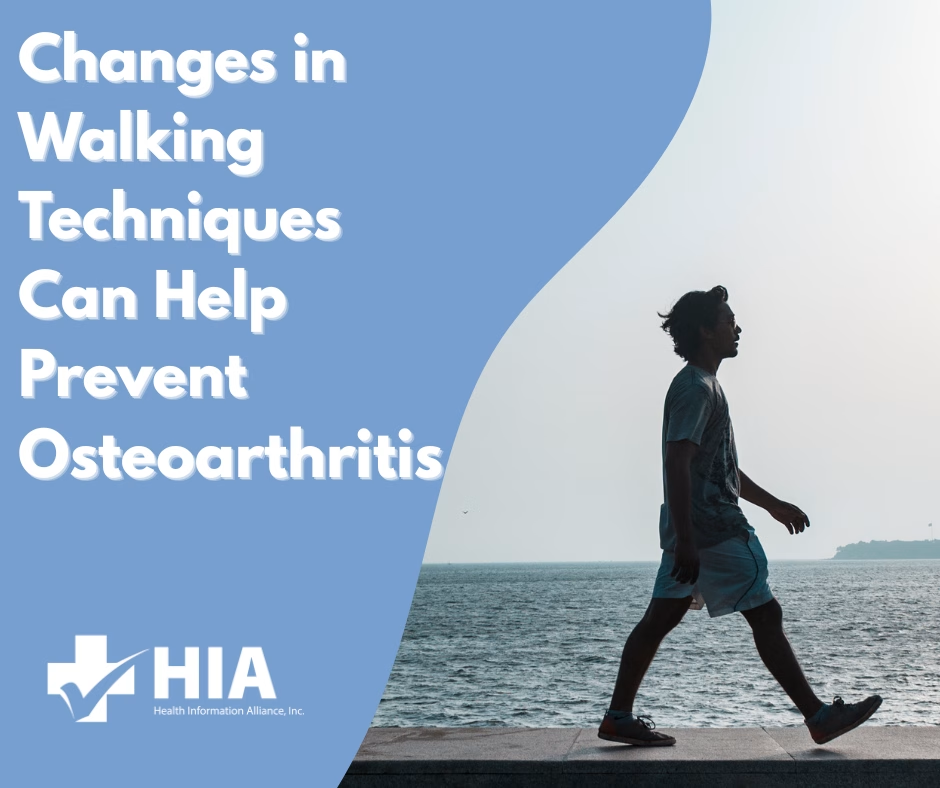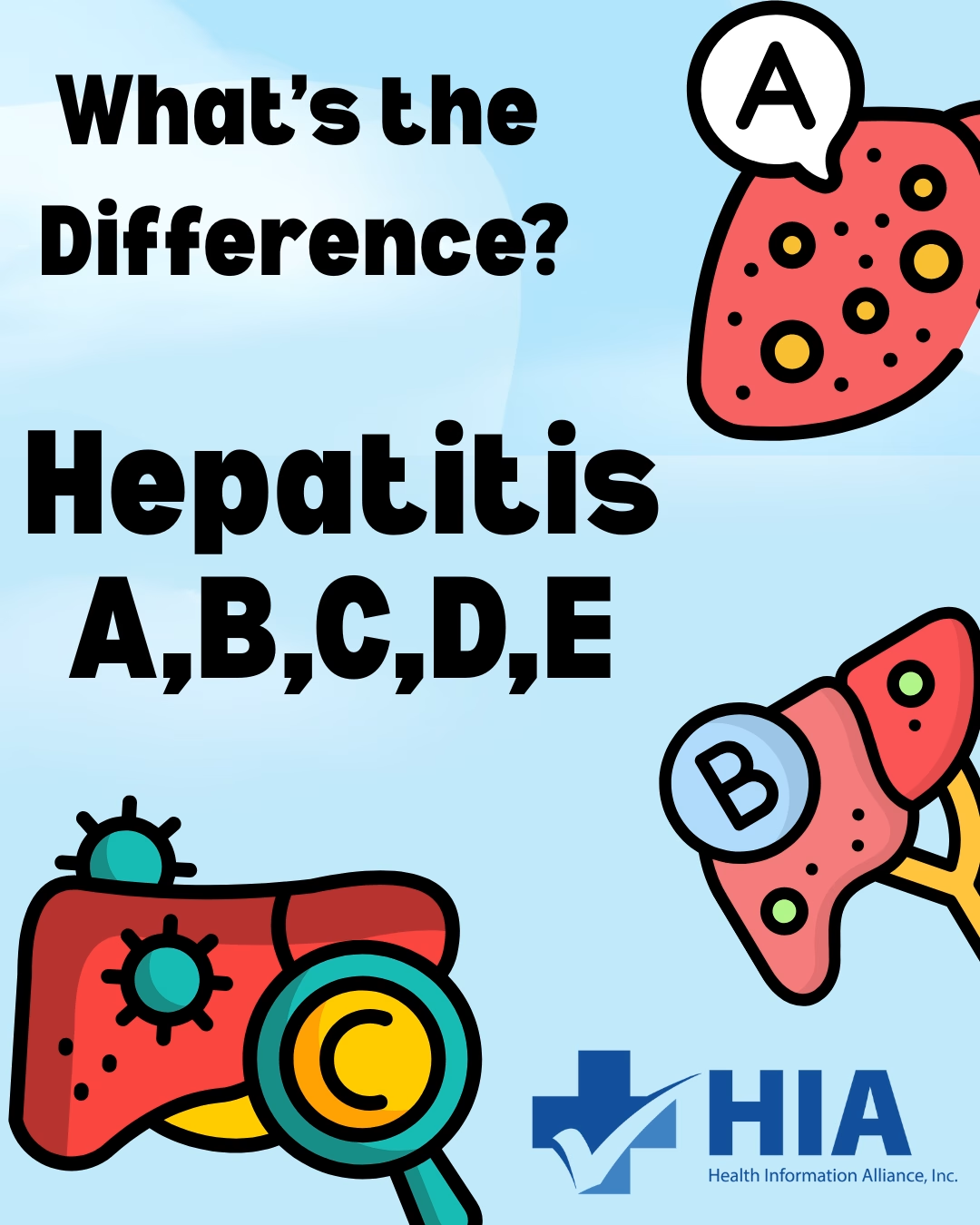Breast cancer disproportionately affects Black women in several critical ways, leading to significant health disparities when compared to other racial and ethnic groups. Black women are more likely to be diagnosed with breast cancer at a younger age and are more frequently affected by aggressive subtypes, such as triple-negative breast cancer known as (TNBC). This type of cancer grows rapidly, lacks the hormone receptors that are typically targeted by common treatments, and results in a poorer prognosis. TNBC also has limited treatment options, which increases the risk of poor outcomes for Black women diagnosed with this subtype. These biological differences contribute significantly to the elevated mortality rates among Black women.
Mortality disparities are a major concern, as Black women are 42% more likely to die from breast cancer compared to white women, despite their overall incidence rates being similar. The higher mortality rate is partly due to later-stage diagnoses, as many Black women are diagnosed when the cancer is already advanced, which limits treatment effectiveness. Furthermore, Black women often receive less timely and appropriate care, which exacerbates their risk of mortality. Research has shown that even when diagnosed at the same stage as their white counterparts, Black women still experience lower survival rates, highlighting the critical role that healthcare access and treatment inequities play in these disparities
Socioeconomic factors also play a vital role in worsening breast cancer outcomes for Black women. Many Black women face significant barriers to healthcare access, including a lack of affordable healthcare services and fewer opportunities for preventive care such as mammograms. Economic challenges, coupled with living in under-resourced communities, limit their ability to seek timely medical attention. Systemic racism and the cumulative stress of facing social and economic disadvantages—commonly referred to as “weathering”—further contribute to poor health outcomes. Weathering describes the physical toll that chronic stress takes on the body, weakening immune responses and increasing vulnerability to diseases like breast cancer. This added burden of stress leads to an earlier onset of illness and a more aggressive progression of the disease.
Once diagnosed, Black women often face numerous barriers to receiving the best possible treatment. In many cases, Black women are less likely to receive stage-appropriate treatment or are subjected to delayed care due to healthcare system biases. Differences in the quality of care also exist, contributing to lower survival rates even when treatment is available. Healthcare providers may unintentionally offer suboptimal care due to implicit biases or lack of awareness about the specific needs of Black women. Ensuring that Black women receive equitable care and treatment is crucial for addressing these disparities and improving outcomes. HIA recognizes these disparities and in turn, ensures that coding and clinical data abstraction is accurate, especially in complex cases like TNBC. This leads to improved data for research on disparities.
Addressing breast cancer disparities among Black women requires a comprehensive and multifaceted approach. Early detection through regular mammograms is essential, particularly for younger Black women who are at risk of early-onset breast cancer. Increasing awareness within Black communities about the importance of screenings and early diagnosis can lead to improved survival rates. In addition, improving access to high-quality healthcare and providing culturally competent care that addresses the unique needs of Black women is critical. Tackling the biological, social, and economic factors that contribute to these disparities will help close the gap in breast cancer outcomes and ensure better health for Black women across the country (Williams et al.,2015).






